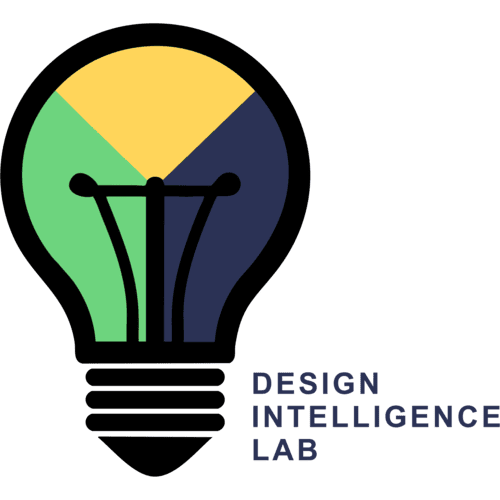Abstract
Biologically inspired design, which espouses the use of analogies to biological systems in generating conceptual designs for engineering problems, is emerging as an important movement in modern design. A key initial task in the design paradigm – seeking bioinspiration – identifies relevant biological systems to use as analogies. Current efforts at supporting designers in this task tend to be technology centric and do not take sufficiently into account the actual practices and the everyday context of designers engaged in this task. As a result, there is a disconnect between the reality of seeking bioinspiration and the technological interventions for aiding it. Here we present two studies that focus on describing the current practices and challenges of seeking bioinspiration. We find that seeking bioinspiration is significantly situated in online information environments where designers are confronted with three main challenges: findability, recognizability and understandability. We also indicate how this descriptive account leads to an information-processing model of online bioinspiration seeking which may be leveraged to developing more human-centric approaches for technological interventions.
